Explainer: A guide to nationwide HPV Vaccination Campaign
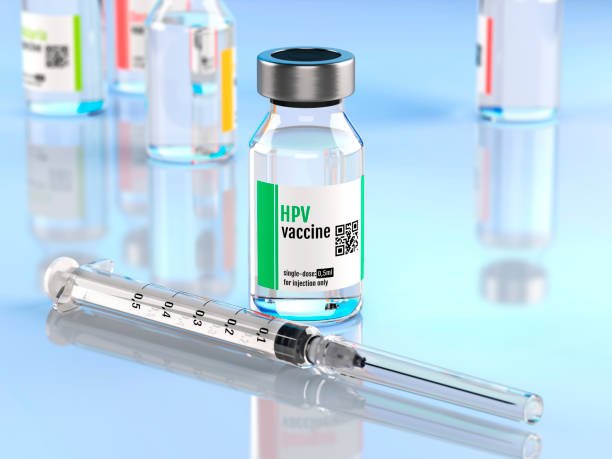
Kathmandu, February 4 —The government has started a nationwide HPV Vaccination Campaign from today. The campaign will run for 15 days, until February 18.
According to Dr. Abhiyan Gautam, head of the Child Health and Immunization Service Section under the Department of Health Services, 16,88,768 adolescent girls will be vaccinated during this campaign, including those in grades 6 to 10 in schools and those aged 10 to 14 outside of schools.
He mentioned that 18,000 schools and 8,000 health institutions have been designated as vaccination centers.
The government has mobilized 27,000 health workers and 54,000 volunteers for this effort.
A budget of NPR 1.3 billion has been allocated, and 17,70,020 doses of the vaccine will be administered.
The goal is to vaccinate at least 90% of adolescent girls by 2030.
The government’s strategy is to eradicate cervical cancer by 2030 through the "90-90-90" plan, which includes vaccinating 90% of girls, screening 90%, and ensuring successful treatment for 90%.
What is HPV?
HPV, or Human Papillomavirus, is a virus with more than 200 strains.
Among these, strains 16 to 18 are responsible for causing cancer.
Dr. Krishna Sagar Sharma, an oncologist at BP Koirala Memorial Cancer Hospital, stated that the current vaccination campaign in Nepal is aimed at preventing the strains that cause cervical cancer.
He explained that the virus is primarily transmitted through sexual contact, so it is most effective to vaccinate individuals before they become sexually active.
The virus can be carried by men, but it primarily affects women, which is why the vaccine is generally given to women.
However, in developed countries, both men and women are vaccinated.
Cervical cancer typically appears after the age of 30, and the effects of the HPV vaccine will become visible 30 or 35 years later.
Dr. Sharma noted that cervical cancer is most often diagnosed in women between the ages of 35 and 55, which is why vaccinating today will have an impact in the future.
What is the HPV vaccine?
The HPV vaccine is designed to protect against cervical cancer.
Cervical cancer is the most common cancer among Nepali women and is also the leading cause of cancer-related deaths.
On average, six people are diagnosed with this cancer daily, and it causes the death of four individuals each day.
Dr. Abhiyan Gautam emphasized that the vaccine is essential to prevent this condition.
Where will the vaccination take place?
Girls studying in schools will receive the vaccine at their respective schools.
Girls aged 10 to 14 years who do not attend school can visit nearby schools to get vaccinated.
Dr. Gautam mentioned that girls who miss the vaccination can receive the vaccine at nearby health institutions.
Side effects of the vaccine
Some mild side effects may occur after receiving the vaccine, but there are no serious side effects.
Dr. Sharma pointed out that sometimes children may become anxious upon seeing the needle or feel a bit panicked.
Additionally, there may be mild pain at the injection site, and some people might experience a fever.
These are common symptoms and should not cause concern.
Dr. Sharma recommended that everyone get vaccinated as it is essential to protect against cervical cancer.
How many doses are available?
To vaccinate 16,88,768 girls across the country, a total of 17,70,020 doses of the HPV vaccine are available.
The government assures that there will be enough vaccines for everyone. As the vaccine requires only one dose, it has been distributed accordingly to local levels.
Dr. Gautam stated, "HPV vaccine requires only one dose. One dose provides lifetime protection. That is why we are running this campaign for a single dose."
Current status of cervical cancer in Nepal
Currently, there are approximately 2,200 cases of cervical cancer in the country.
According to government data, 2,149 women suffer from cervical cancer annually, and around 1,300 of them die each year.
Early detection can save lives, but if the cancer is diagnosed late, treatment becomes much more difficult.
How does the HPV vaccine work?
The HPV vaccine protects against the virus responsible for cervical cancer.
The virus is a major cause of this cancer, and the vaccine helps prevent infection.
HPV infection typically occurs at some point in life, and if the infection persists for a long time, it can lead to cancer.
This vaccine prevents HPV infection, thereby preventing future cervical cancer.
The vaccine will be given to girls aged 10 to 14 years, particularly those studying in grades 6 to 10.
The government plans to continue this campaign across the country this year, and from next year, the vaccine will be part of the regular vaccination schedule, administered every year in the month of February.
Is the vaccine free?
Dr. Gautam confirmed that the government will provide the HPV vaccine for free.
However, if it is administered privately, the cost of one dose can exceed NPR 6,000.
This is the price being charged in other countries, and the vaccine is recognized by the World Health Organization and the Department of Drug Administration.
The vaccine will be available during the scheduled campaign, and outside this period, it might not be available for administration.
The vaccine not only protects against cervical cancer but also offers protection against other types of cancer.
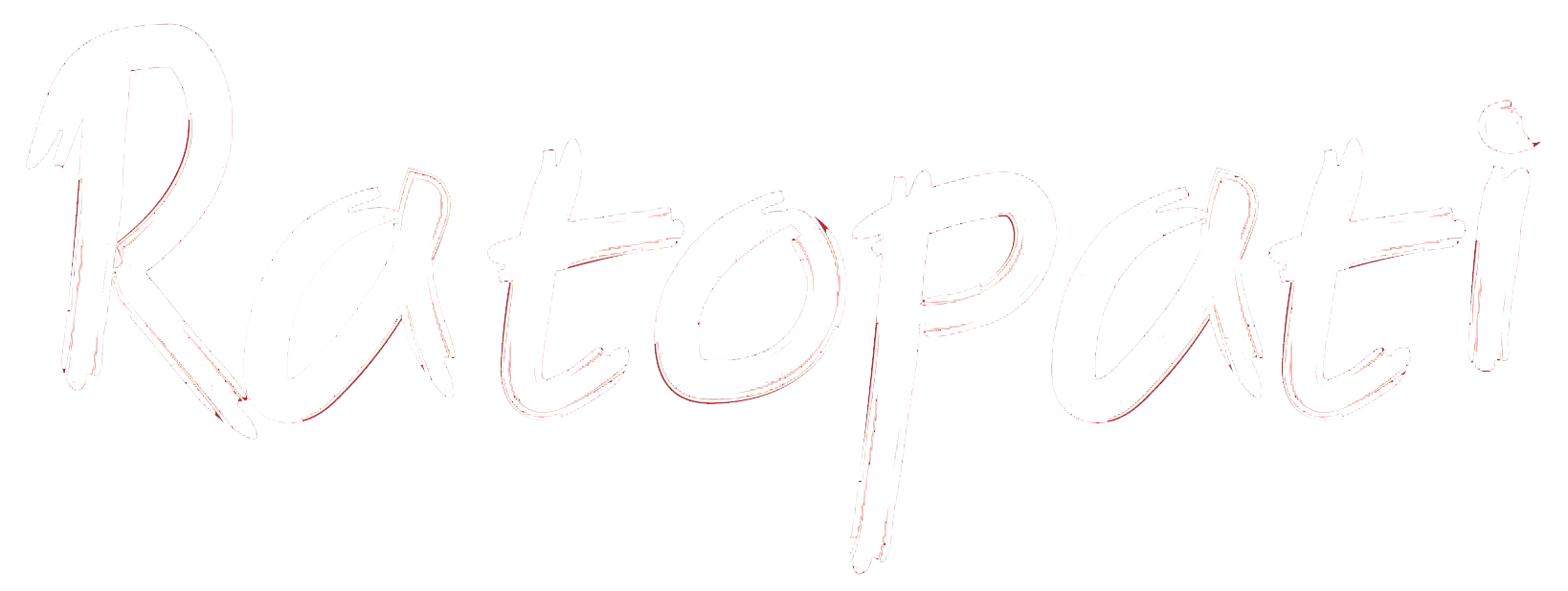
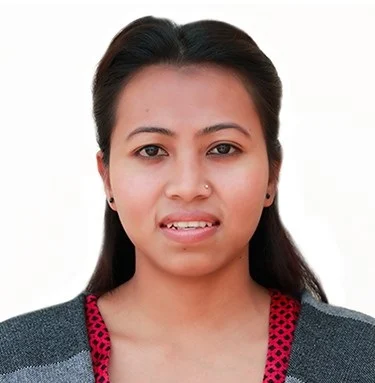
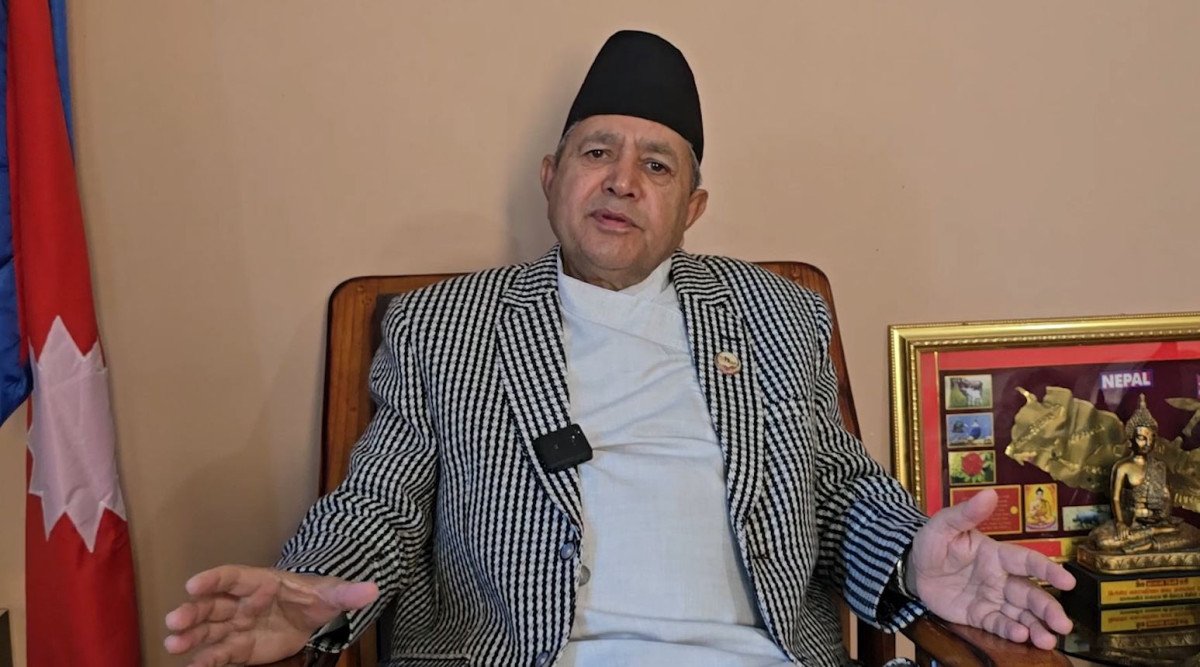
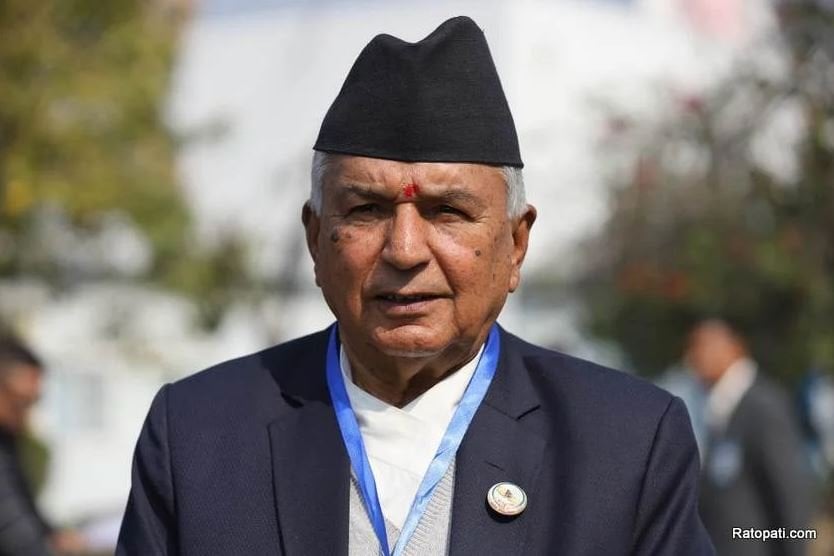
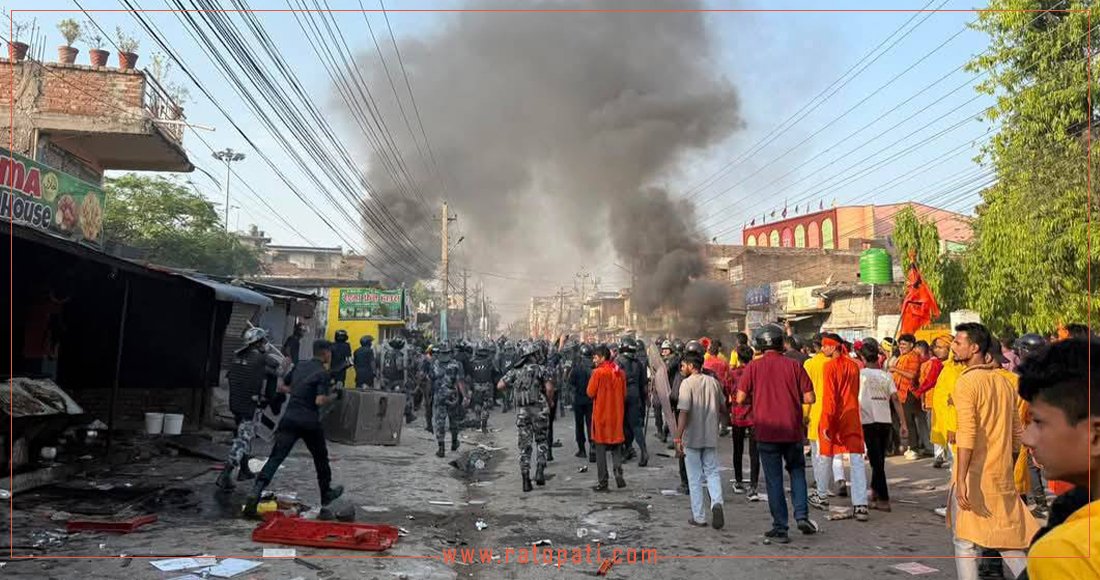
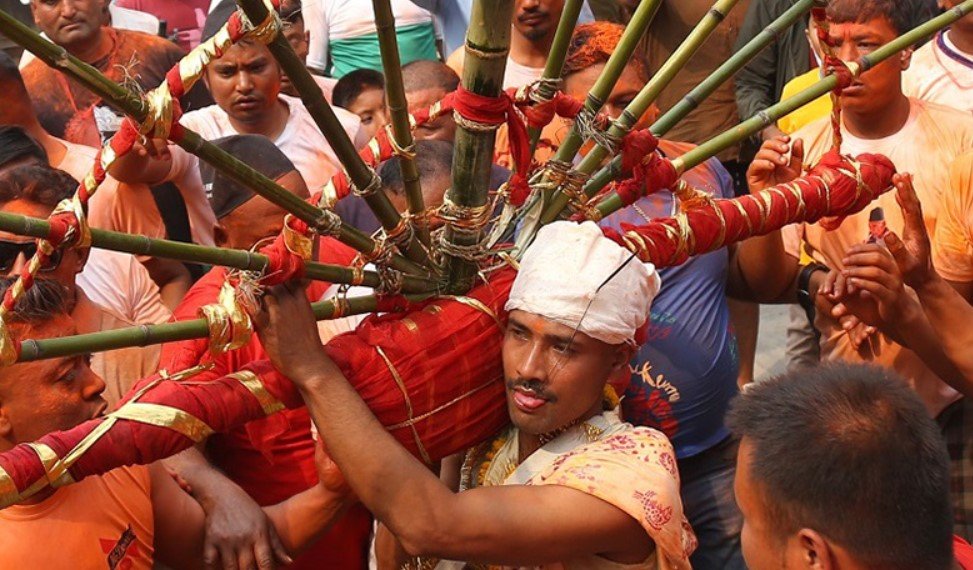
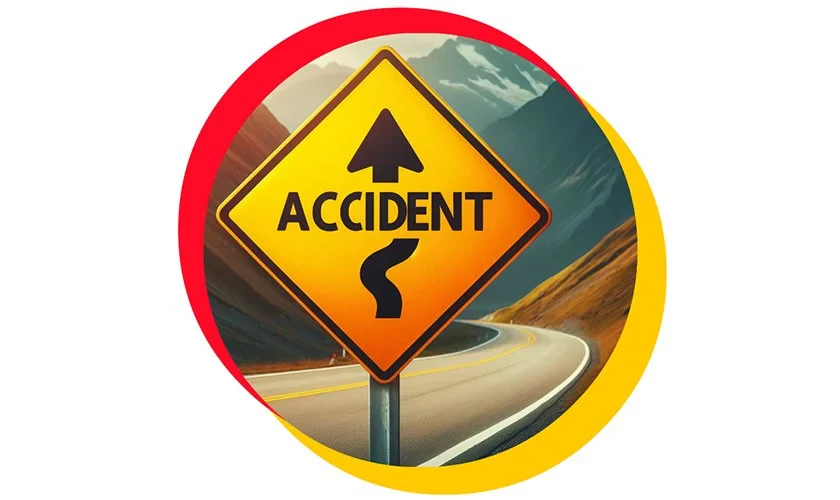
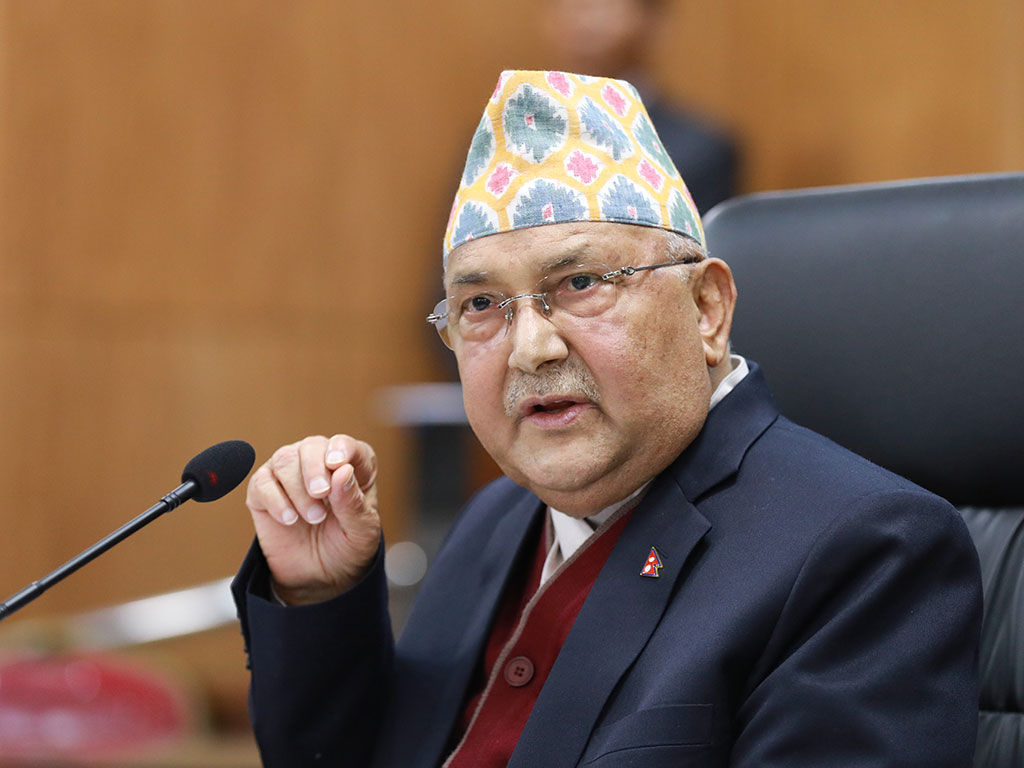
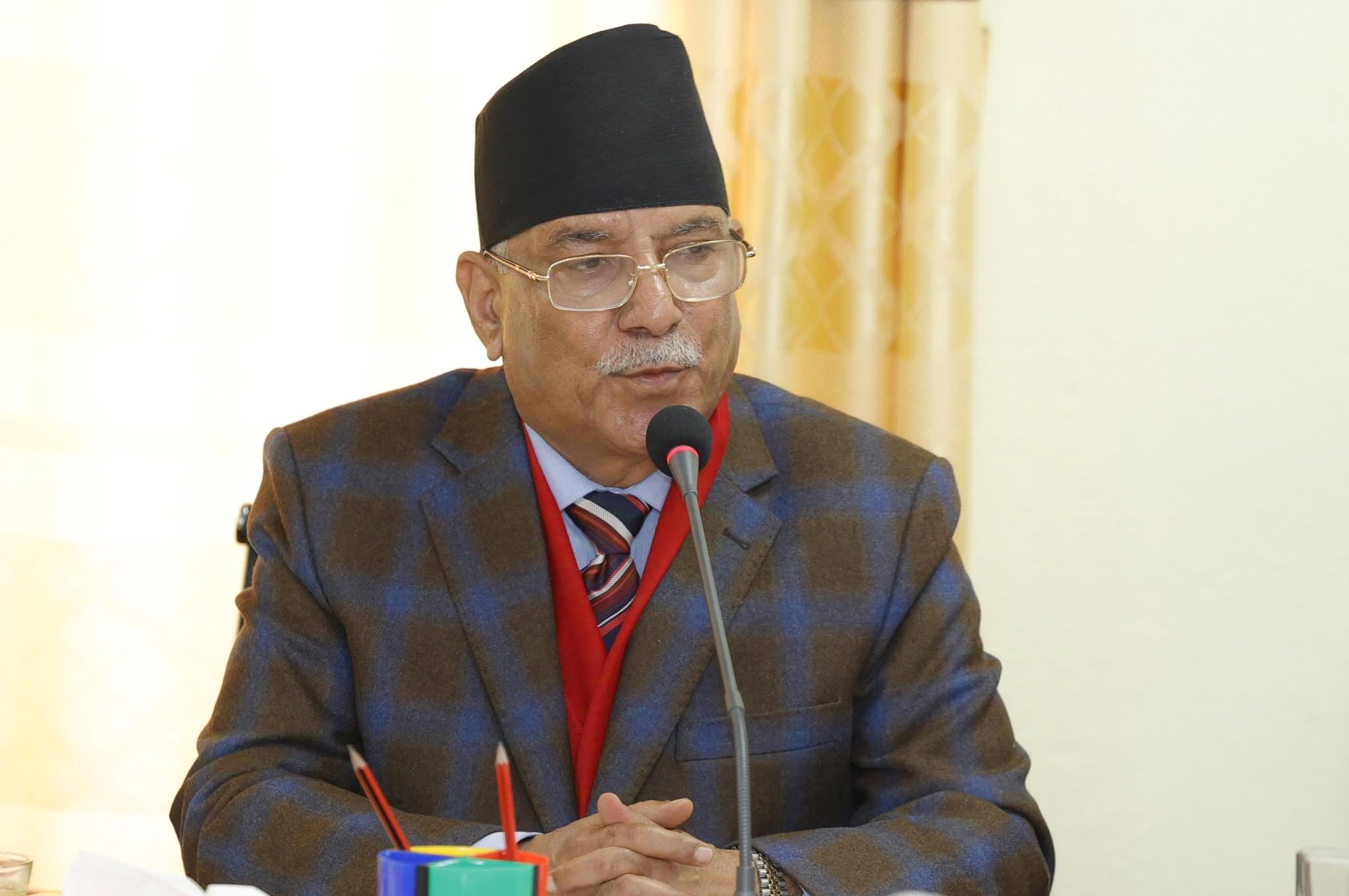
Leave Comment